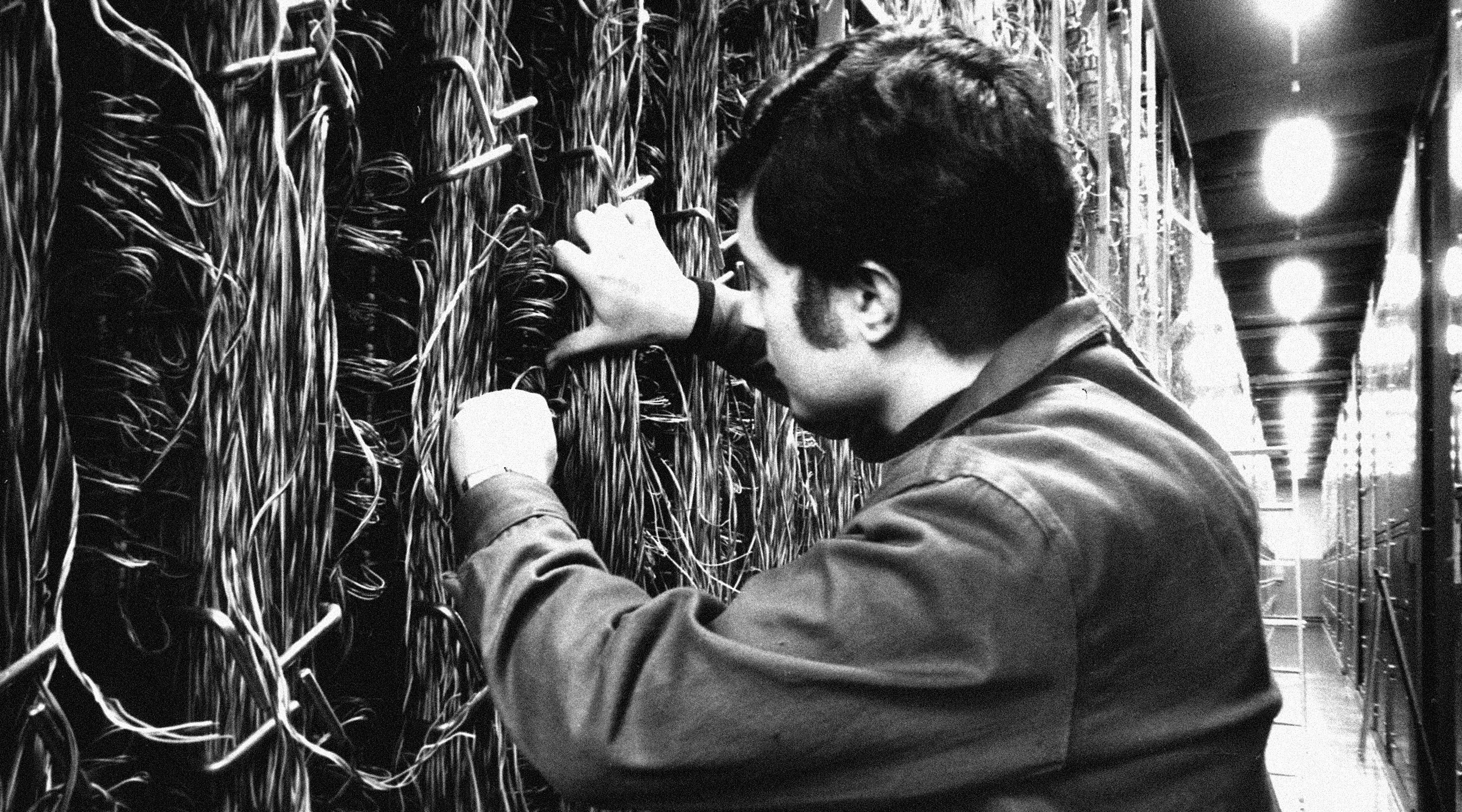
1965
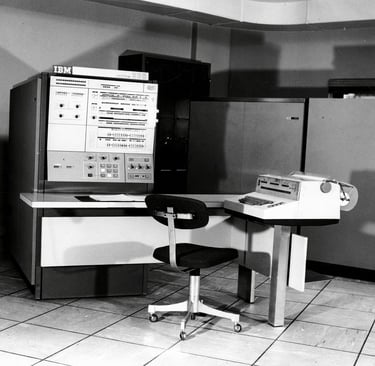
Telefónica receives a new, young president, Antonio Barrera de Irimo, who will modernise the Company and promote popular capitalism like no one else.
Barrera de Irimo, a new chairman to rejuvenate CTNE
01
A 36-year-old Antonio Barrera de Irimo, until then technical secretary general of the Ministry of Finance, is appointed chairman of the Compañía Telefónica Nacional de España. He replaces José Navarro Reverter, who had held the post since 1945. The new chairman explained the company's problems as follows: "Each new telephone costs the company some 30,000 pesetas. There are currently some 511,000 unanswered telephone requests. In its present state, the company cannot install an average of more than 180,000 telephones per year...Telefónica will be forced to obtain substantial loans of several billion pesetas.
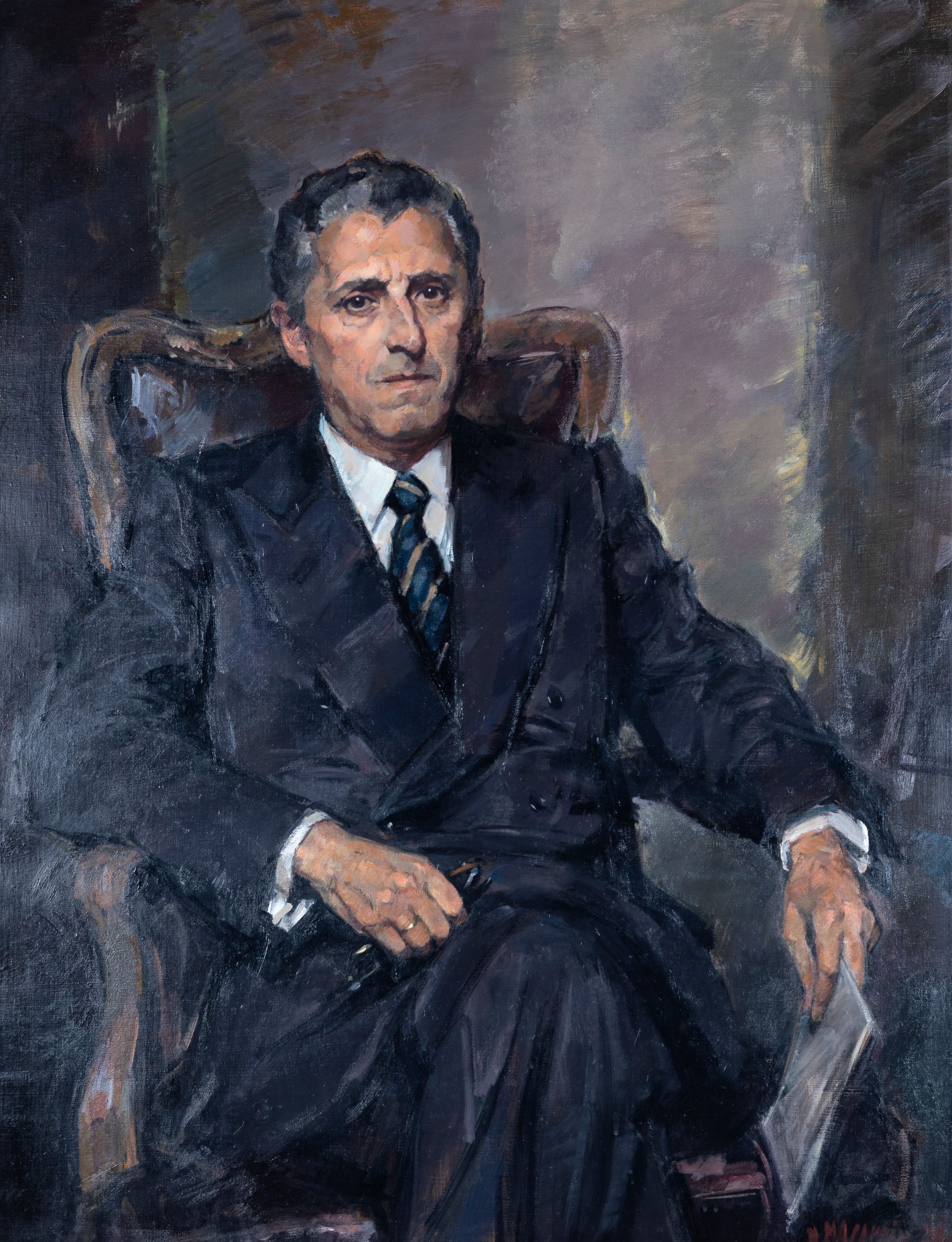
CTNE, the country's leading company
02
Faced with this situation of investments to satisfy the high demand, CTNE offers Spanish society the possibility of participating in its shareholding, which will lead it to become the leading company in the country in terms of capital, with more than 100,000 shareholders, and the most significant in terms of the number and quality of its investors.
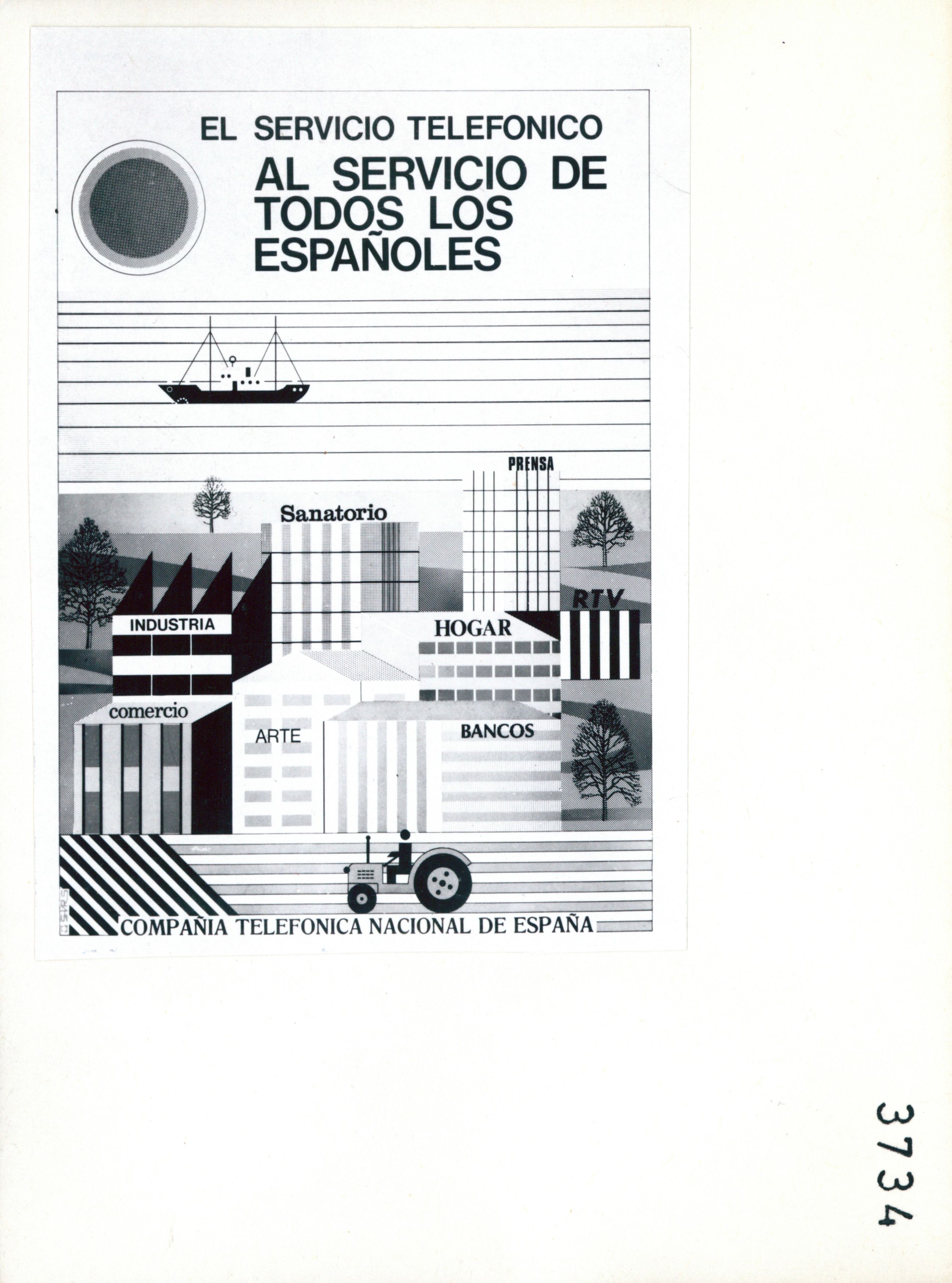
Submarine cable connects the world and makes it smaller
03
In 1965, the first submarine cable link between the United States and Great Britain and the first transpacific cable link with stopovers in Hawaii, Fiji and New Zealand between Canada and Australia had just come into service. This enthusiasm for submarine cable is also evident in Spain and the new PENCAN-1 connecting Cadiz and Santa Cruz de Tenerife with a length of 1390 km, 45 repeaters and 160 channels at 3 kHz will be very significant, characteristics which will make it, for a time, the highest capacity in the world.
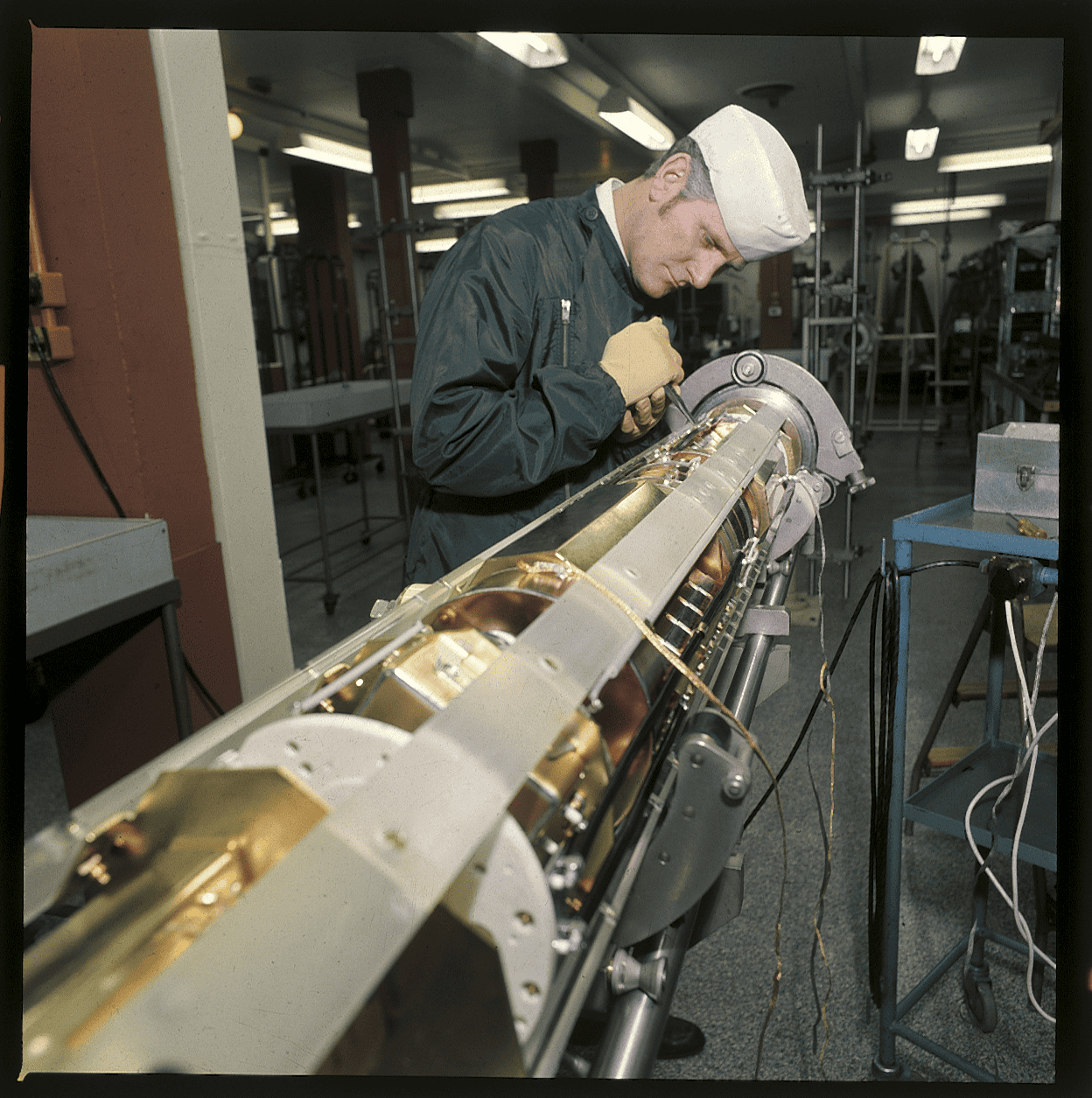
Do you have doubts about what happened?
Ask Aura